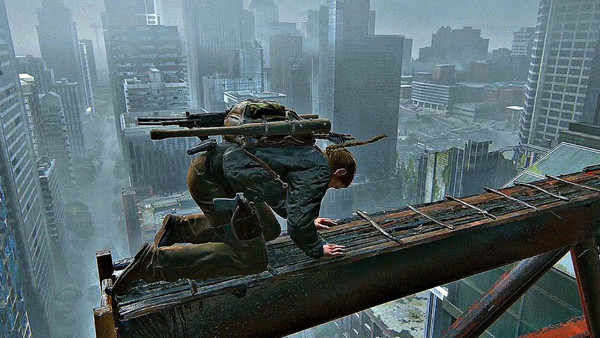THIS Is The Perfect Setting For Uncharted 5
Naughty Dog's Environmental Prowess

It’s become so apparent this year that Naughty Dog knows how to recreate a city with their own unique spin as The Last of Us Part II, while polarising in the narrative department, is an undeniably gorgeous game. Its topographical structure and variety in Seattle, Washington is proof that Naughty Dog excels at designing and rendering a city that wonderfully weaves into their chosen avenues of storytelling. Across its 25-hour campaign the city simply never felt repetitive. From gushing water rapids as the unforgiving sea breaks up the Pacific Northwestern coastline to the dilapidated downtown streets, the environments, while confined to a single city, were constantly fresh, and replicating such a feat in the birthplace of modern Christianity would surely make for a compelling stage for yet another Naughty Dog masterpiece.
Locations like the Garden of Gethsemane where Jesus was betrayed by Judas after the Last Supper to his surprisingly un-final resting place can be explored, as the ancient structures of Israel’s most populated city would wonderfully play to the developer’s strengths and add yet another iconic city to their list of impressive virtual locations.
Francis Drake, Marco Polo and Henry Avery provide compelling stories that propel each game’s narrative forward, with the latter feeling like a vital character of 2016’s Uncharted 4, but the revered stories of Christian faith could truly elevate the weight of the adventure for future instalments. Saint Dismas, the penitent thief, does provide a significant plot device for the early stages of A Thief’s End, but his relevance to the story dwindles after concluding the chapters that take the Drakes to the Scottish Highlands. It’s a shame given the scores of gripping stories found in middle eastern history, and leaning further into it would set the series apart from its predecessors.
Instead of finding a tatty notebook at the bottom of the ocean that somehow survived five centuries of decay, why not have the protagonist follow a Bible to the next clue? Biblical passages are ripe for further analysis, and the Holy Book could perfectly provide vague pointers for our hero to interpret. Deciphering cryptic tales from Christian lore, better understanding the heroes, villains or supporting characters of one of the religion’s most formative periods would uphold the series’ dedication to preserving (and often destroying) history, yet also add a compelling angle to the repetitive ‘which-historical-person-is-this-one-about’ trope.